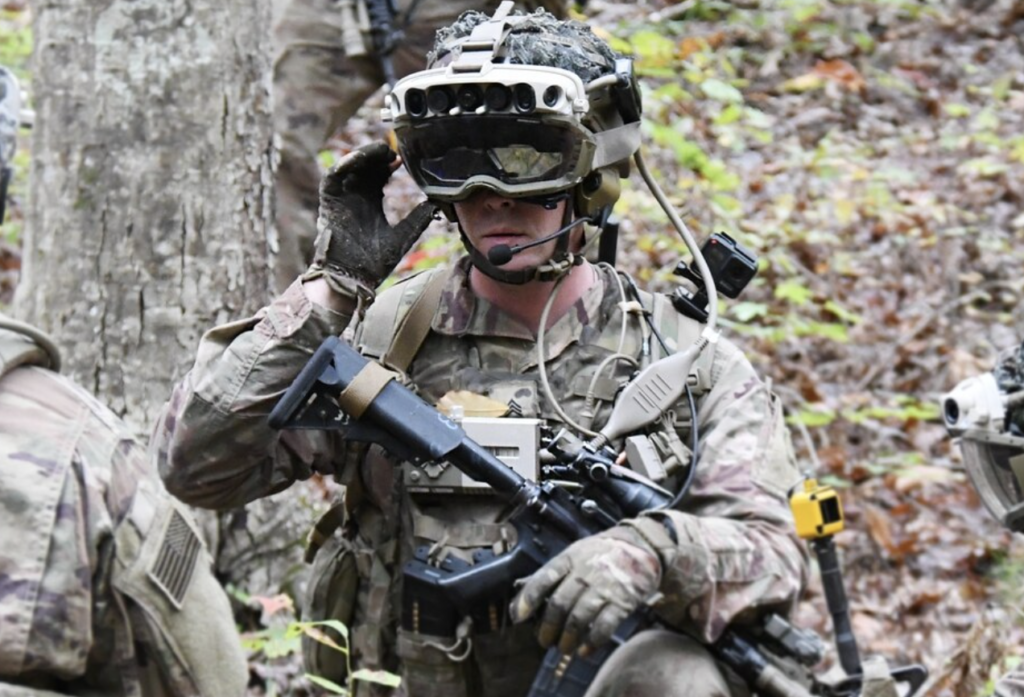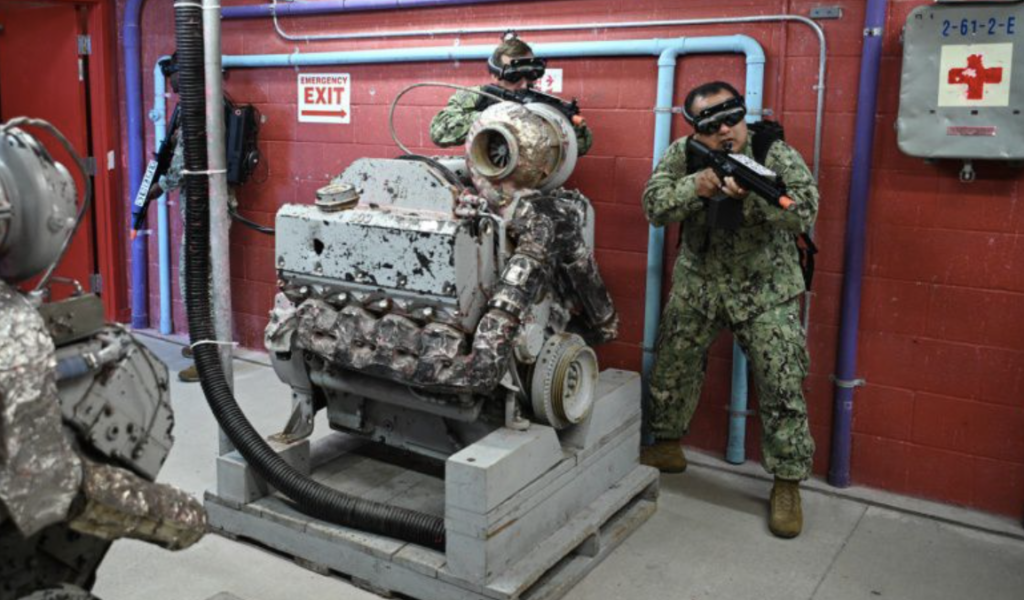Blog: Cognitive Performance Optimization: The Rise of the Digital Warfighter
In 2018, the United States Department of Defense (DoD) embarked on a bold new path designed to re-imagine and modernize the soldier of the future. In a changing world with diplomatic tensions rising and new adversaries emerging, DoD sensed their longstanding military advantage and strategies to prevent conflict were waning. With global society dependent on emerging technology today more than ever, deterring aggression would no longer revolve around the suppression of Weapons of Mass Destruction (WMD). Instead, it is about fighting the silent battles to resist biological, informational, and cyber warfare. Each domain, the DoD contended, offered a more rapid and lethal threat to the US which could be conducted by unknown actors overseas, at the push of a button. These threats represented the changing pace and character of war in the digital age.
As much as technology has changed the premise of today’s battlefield, the DoD has also recognized how advanced technologies may be developed and leveraged to support its primary objectives. During this time, a new National Defense Strategy would emerge, highlighting the need to develop a performance environment designed to create a more lethal military force. Investments in new technology development, accelerated tactical integration, and continuous adaptation at scale would become focal points to replace the bureaucratic, risk averse way of operating to ensure all warfighters would be equipped with the capabilities needed to achieve and maintain overmatch. This new direction would ultimately prepare the digital soldier for a different kind of fight.
Ensuring Combat Readiness with Augmented and Virtual Reality
Virtual and Augmented Reality (VR and AR) systems have been a key element of DoD’s quest to better prepare soldiers to face these emerging threats. In 2018, the US Army awarded Microsoft a multi-faceted defense contract to deliver a modified Hololens 2 as part of its efforts to modernize soldier readiness through advanced battlefield simulations. The Integrated Visual Augmentation System (IVAS), will enable unlimited soldier trainings to accelerate cognitive performance, allowing soldiers advanced decision-making capabilities during combat. Additionally, IVAS will provide a unique opportunity for advanced soldier monitoring during battlefield scenarios, allowing for advanced data analysis of both physiological and cognitive health of individual soldiers and their squad, platoon, and company. The US Army anticipates thousands of IVAS devices will be field deployed in critical operations by 2022.

The IVAS system is currently being tested in field operations by the US Army.
In 2019, the US Navy partnered with Magic Leap to make their first AR device, the Magic Leap One, the official training simulation technology used to prepare both marines and sailors for combat. Using customized software developed by Magic Leap Horizons, the Tactically Reconfigurable Artificial Enhanced Combat Reality (TRACER) program mimics the environmental and combat likely scenarios the US Navy has acknowledged previously they had limited time during training to replicate. Using this program, Naval leadership can provide hyper-realistic and unpredictable scenarios they previously could not, and can monitor the effectiveness of the training scenarios on soldiers while they are deployed at sea, to ensure combat readiness. The US Navy intends to include cognitive performance measures in future simulations.

The Magic Leap One in use as part of the TRACER program for training the US Navy.
Late last year, the US Army also awarded defense contractor Booz Allen Hamilton a five-year task award to develop a human dimension training program using AR and VR systems to develop a platform focused on enhancing the cognitive performance of soldiers. By integrating these technologies with novel simulation software, military leadership can monitor the results and impact of trainings, as well as the efficacy of various soldier programs in real time. These insights will be the first efforts to more cohesively monitor the psychological and cognitive improvement of soldiers throughout the entirety of their careers.
Many of the benefits that can be derived from these emerging technologies rest on gleaning new insights about the soldier and their abilities when preparing for combat. Fully configurable AR and VR devices featuring real time performance analysis, long duration monitoring capabilities, and seamless integration into other tactical systems will allow US forces to optimize a holistic approach to the modern warfighter.
Eye Tracking and Cognitive Performance
With many of these technologies in hand, DoD has also recognized that embedded eye tracking sensors within these devices holds the keys to understanding the complex cognitive processes used during combat scenarios. As a result, simulation training has evolved to include cognitive performance metrics to better understand and improve:
Gaze Errors: Incorrect eye movements towards the wrong stimulus or direction can have fatal consequences and can be largely affected by fatigue or injury. Monitoring and characterizing deterioration over time is a key insight into understanding proper decision-making abilities, which can be improved with training.
Visual Recognition and Identification: The time it takes to recognize and determine friend or foe can be the difference between timely enemy engagement or friendly fire. Capturing this delay and comparing it over time is a key insight into understanding cognitive performance gains and the overall effectiveness of trainings.
Scanning Pattern Proficiency: Special Operations units and pilots are trained in unique scanning patterns in order to track moving objects, safely clear a strategic location, and predict enemy movements. Identifying and training this ability offers a key insight into the learning pace and cognitive threshold of the soldier.
Risk Factors: Before utilizing eye tracking technology, the DoD had no insight into the cognitive effects of long duration combat missions, executing multiple operations in one day, and the recovery from these tasks. By monitoring these common practices, military leadership can better assess the risk of accidents and fatalities under these conditions.
Traditionally, preparing for war has focused on the physical and strategic preparations needed to ensure victory. However, new threats make understanding the cognitive performance of the warfighter more critical than ever before. The digital soldier must maintain an anticipatory view at all times in order to move, think, and decide quicker than the enemy. Today, as a result of critical technological advancements, DoD now has the capabilities to understand and predict how well the warfighter can sustain these critical cognitive functions. Additionally, military leadership can utilize training environments to better understand how cognitive performance is affected under a variety of situational factors – under extreme stress, while sleep deprived, in limited visibility/darkness, and after a brain injury occurs. Each can provide new insight into how soldiers are selected, how they are prioritized for specific tasks, and ultimately how they are deemed operationally ready.